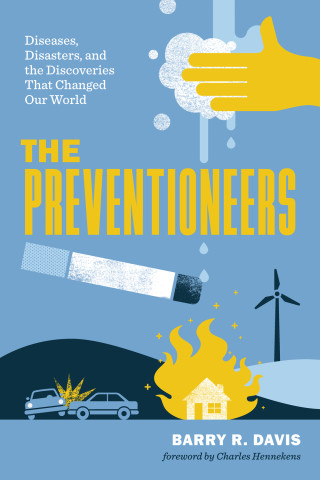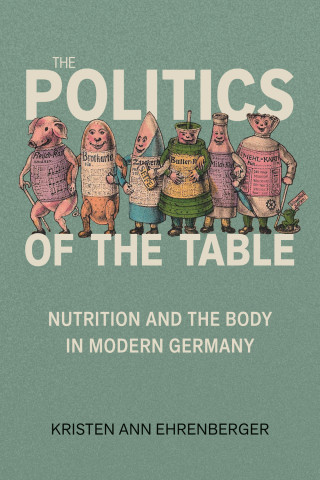
Reviews
Ghaemi's book is highly relevant. It is also very well written and appears meticulously researched, and it should be of interest to everyone with a professional relation to psychiatry. Hereby recommended.
Provocative... Ghaemi claims that one should leave muddled views behind and recognize that humanism in medicine is compatible with the bio-physiological model. The author offers William Osler's humanism and Karl Jasper's method-based existentialist psychiatry as exemplars. Essential.
This is a thoughtful and well-researched book. At minimum, it is an essential read for academic psychiatrists and residents involved in teaching and learning. More broadly, it is a good read for anyone interested in the historical and philosophical aspects of psychiatric theories.
Impassioned and thoughtful... Ghaemi has produced both a penetrating analysis of the ascent of the biopsychosocial model as a psychiatric theory-of-everything and a weapon designed to bring about its decline.
A provocative and valuable piece of scholarship.
This book is especially suited for those who want to ponder the direction of our field and who worry about the theoretical disorientation of modern psychiatry and our resulting need for deep organizing principles. Ghaemi's grasp is wide. His book will be as much disturbing as satisfying but will provide the reader a sense of where our field has been and where it may need to go.
It may become an influential, revolutionary book... Stimulating and thought provoking.
A psychiatrist criticizes the idea of psychiatric disease as a product of biological and social factors.
Book Details
Preface
Acknowledgments
Part I: The Rise of the Biopsychosocial Model
1. The Perils of Open-mindedness: Adolf Meyer's Psychobiology
2. So Many Theories, So Little Time: The Rise of Eclecticism
3. Riding
Preface
Acknowledgments
Part I: The Rise of the Biopsychosocial Model
1. The Perils of Open-mindedness: Adolf Meyer's Psychobiology
2. So Many Theories, So Little Time: The Rise of Eclecticism
3. Riding Madly in All Directions: Roy Grinker's "Struggle for Eclecticism"
4. A New Model of Medicine: George Engel's Biopsychosocial Model
5. Before and After: Precursors and Followers of the Biopsychosocial Model
6. Cease-fire: Ending the Psychiatric Civil War
Part II: The Fall of the Biopsychosocial Model
7. Drowning in Data
8. Teaching Eclecticism
9. Psychopharmacology Awry
10. The Vagaries of the Real World
Part III: What Next?
11. The Limits of Evidence-Based Medicine
12. Osler's Ghost
13. The Two Cultures
14. Between Science and the Humanities
15. The Meaning of Meaning: Verstehen Explained
16. The Beginning of a Solution: Method-Based Psychiatry
17. A New Psychiatric Humanism
Afterword: Pre-empting the Straw Man
Appendix: How Can We Teach It? A Proposal for Education of Psychiatrists
Notes
A Brief Glossary of Concepts
References
Index






